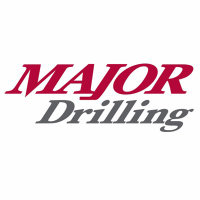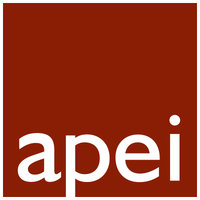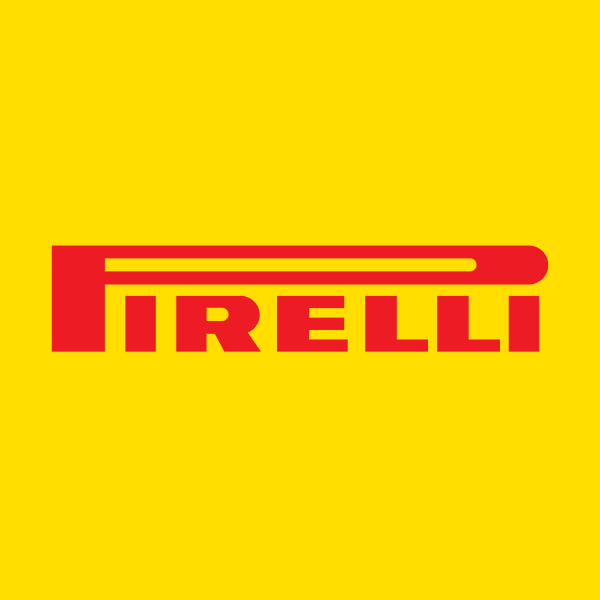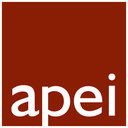
Major Drilling Group International Inc
TSX:MDI


| US |

|
Johnson & Johnson
NYSE:JNJ
|
Pharmaceuticals
|
| US |

|
Berkshire Hathaway Inc
NYSE:BRK.A
|
Financial Services
|
| US |

|
Bank of America Corp
NYSE:BAC
|
Banking
|
| US |

|
Mastercard Inc
NYSE:MA
|
Technology
|
| US |

|
UnitedHealth Group Inc
NYSE:UNH
|
Health Care
|
| US |

|
Exxon Mobil Corp
NYSE:XOM
|
Energy
|
| US |

|
Pfizer Inc
NYSE:PFE
|
Pharmaceuticals
|
| US |

|
Palantir Technologies Inc
NYSE:PLTR
|
Technology
|
| US |

|
Nike Inc
NYSE:NKE
|
Textiles, Apparel & Luxury Goods
|
| US |

|
Visa Inc
NYSE:V
|
Technology
|
| CN |

|
Alibaba Group Holding Ltd
NYSE:BABA
|
Retail
|
| US |

|
JPMorgan Chase & Co
NYSE:JPM
|
Banking
|
| US |

|
Coca-Cola Co
NYSE:KO
|
Beverages
|
| US |

|
Walmart Inc
NYSE:WMT
|
Retail
|
| US |

|
Verizon Communications Inc
NYSE:VZ
|
Telecommunication
|
| US |

|
Chevron Corp
NYSE:CVX
|
Energy
|
Utilize notes to systematically review your investment decisions. By reflecting on past outcomes, you can discern effective strategies and identify those that underperformed. This continuous feedback loop enables you to adapt and refine your approach, optimizing for future success.
Each note serves as a learning point, offering insights into your decision-making processes. Over time, you'll accumulate a personalized database of knowledge, enhancing your ability to make informed decisions quickly and effectively.
With a comprehensive record of your investment history at your fingertips, you can compare current opportunities against past experiences. This not only bolsters your confidence but also ensures that each decision is grounded in a well-documented rationale.
Do you really want to delete this note?
This action cannot be undone.

| 52 Week Range |
6.59
14.28
|
| Price Target |
|
We'll email you a reminder when the closing price reaches CAD.
Choose the stock you wish to monitor with a price alert.

|
Johnson & Johnson
NYSE:JNJ
|
US |

|
Berkshire Hathaway Inc
NYSE:BRK.A
|
US |

|
Bank of America Corp
NYSE:BAC
|
US |

|
Mastercard Inc
NYSE:MA
|
US |

|
UnitedHealth Group Inc
NYSE:UNH
|
US |

|
Exxon Mobil Corp
NYSE:XOM
|
US |

|
Pfizer Inc
NYSE:PFE
|
US |

|
Palantir Technologies Inc
NYSE:PLTR
|
US |

|
Nike Inc
NYSE:NKE
|
US |

|
Visa Inc
NYSE:V
|
US |

|
Alibaba Group Holding Ltd
NYSE:BABA
|
CN |

|
JPMorgan Chase & Co
NYSE:JPM
|
US |

|
Coca-Cola Co
NYSE:KO
|
US |

|
Walmart Inc
NYSE:WMT
|
US |

|
Verizon Communications Inc
NYSE:VZ
|
US |

|
Chevron Corp
NYSE:CVX
|
US |
This alert will be permanently deleted.
Major Drilling Group International Inc
Major Drilling Group International, Inc. engages in the provision of water and mineral exploration drilling services. The company is headquartered in Moncton, New Brunswick and currently employs 3,825 full-time employees. The firm operates through three geographical segments: Canada - U.S.; South and Central America, and Asia and Africa. The firm is primarily engaged in the mining industry. The firm provides a range of drilling services, including surface and underground coring, directional, reverse circulation, sonic, geotechnical, environmental, water-well, coal-bed methane, shallow gas, underground percussive/ longhole drilling, surface drill and blast, and a variety of mine services. The firm has two categories of customers: junior exploration companies and a diversified portfolio of senior/intermediate companies, for which the Company provides greenfield exploration drilling and/or drilling at operating mines. The firm also has an investment in a fleet of digitized mobile underground drills that allow less dependence on client resources as well as increased ability for automation and versatility.

Major Drilling Group International, Inc. engages in the provision of water and mineral exploration drilling services. The company is headquartered in Moncton, New Brunswick and currently employs 3,825 full-time employees. The firm operates through three geographical segments: Canada - U.S.; South and Central America, and Asia and Africa. The firm is primarily engaged in the mining industry. The firm provides a range of drilling services, including surface and underground coring, directional, reverse circulation, sonic, geotechnical, environmental, water-well, coal-bed methane, shallow gas, underground percussive/ longhole drilling, surface drill and blast, and a variety of mine services. The firm has two categories of customers: junior exploration companies and a diversified portfolio of senior/intermediate companies, for which the Company provides greenfield exploration drilling and/or drilling at operating mines. The firm also has an investment in a fleet of digitized mobile underground drills that allow less dependence on client resources as well as increased ability for automation and versatility.
Revenue Growth: Major Drilling reported first quarter revenue of $226.6 million, up 20.8% sequentially and 19.3% year-over-year, with growth driven by strength in South and Central America, particularly Peru.
Margin Pressure: Adjusted gross margin fell to 25.2% from 28.9% last year due to competitive pressures in North America and mobilization costs from new projects.
Profit Decline: Net earnings were $10.1 million ($0.12 per share), down from $15.9 million ($0.19 per share) a year ago, with EBITDA also lower at $32.1 million.
Strong LatAm Outlook: Management anticipates ongoing momentum in Peru and South America, with Peru's revenue base continuing to grow following the Explomin acquisition.
North America Mixed: Activity is improving in Canada, but the U.S. market remains soft, especially among junior miners, and permitting improvements have yet to significantly impact drilling.
CapEx Discipline: CapEx was lower than expected at $14.4 million, with management not expecting to exceed prior full-year CapEx guidance.
Commodity Mix: Gold (41%) and copper (34%) continue to dominate revenue, with iron ore at 11%; critical minerals contribute but remain a small portion of the business.
Guidance: Management expects revenue momentum to continue into Q2, citing strong commodity prices and a robust project pipeline, especially in South America.








































